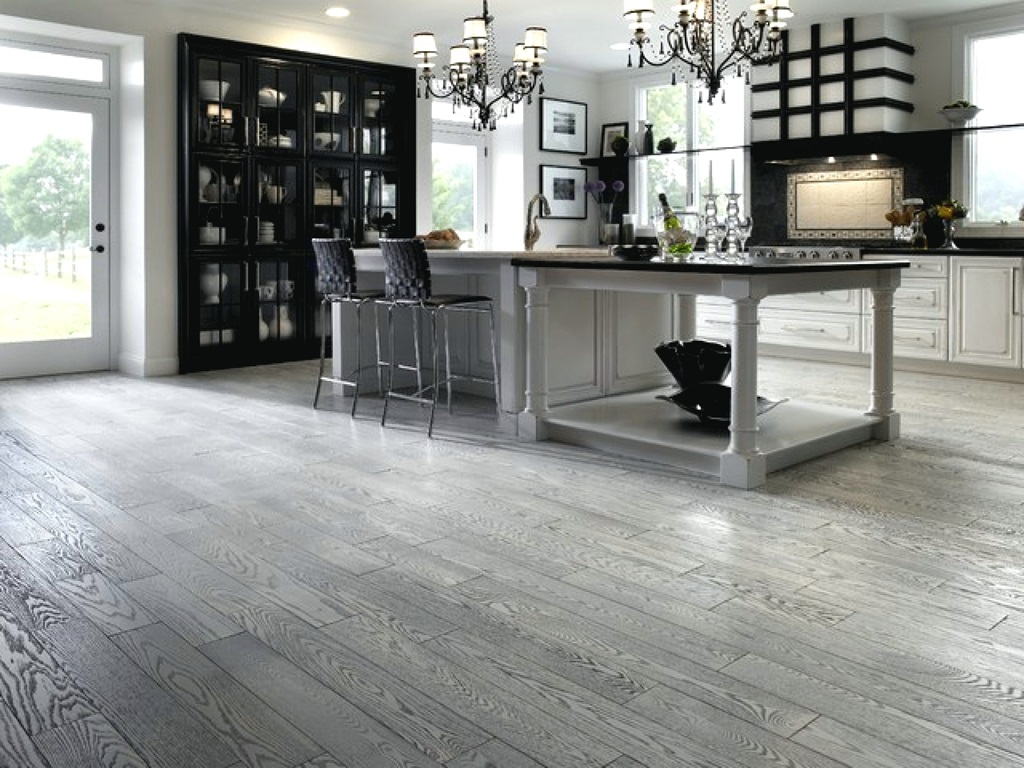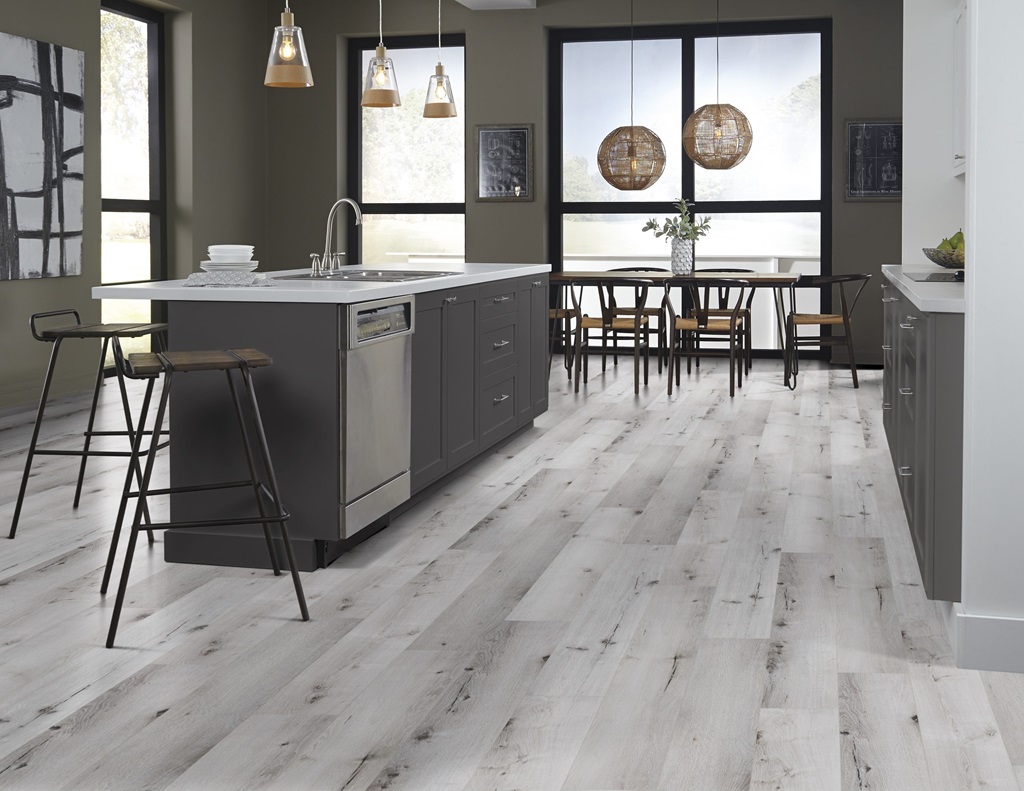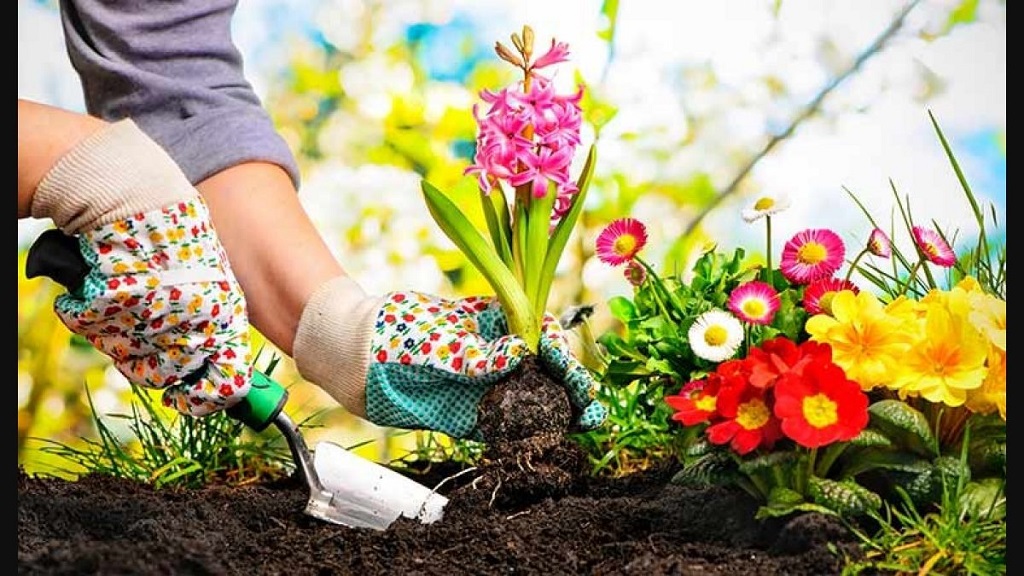When designing a new home, one of the most important decisions is selecting the right flooring. The kitchen is the heart of the home, so choosing the perfect kitchen flooring should be a top priority. Gray floors have become an increasingly popular option for modern kitchen designs. But is gray really the best color for a new kitchen floor? There are pros and cons to consider.
The Appeal of Gray Kitchen Floors
Gray floors have gained popularity in recent years for several good reasons:
1. Gray is Versatile
A neutral gray tone can complement almost any color scheme. Gray floors won’t clash with walls painted in bold colors or stand out too much against a white backdrop. This versatile hue gives you more flexibility when picking countertops, backsplashes, cabinets, and decor.
2. Gray Floors Are Timeless
While gray has become trendy, it’s not likely to feel dated any time soon. Unlike bolder colors that come and go, neutral grays have an elegant, classic look. A gray floor is a timeless choice that won’t require an update when tastes change.
3. Gray Floors Add Visual Interest
Though gray is neutral, it’s far from boring. The right gray tone can add subtle depth and dimension to a space. Going with a dynamic gray floor, rather than basic beige or white, gives a kitchen more character.
4. Gray Floors Appear Clean
Light to mid-tone grays give the impression of cleanliness in a kitchen. This is because gray hides dust and footprints better than both light and dark floor colors. A gray floor always looks freshly mopped!
5. Gray is Calming
Science shows that cool-toned hues like gray have a relaxing effect. Since the kitchen is often the busiest room of the house, gray floors can encourage calm. A tranquil ambiance can make cooking and dining more pleasant.
Factors to Consider About Gray Flooring
While gray floors have some excellent advantages, there are a few things to keep in mind before installing them:
Maintenance
All floors require cleaning, but gray floors need frequent sweeping, mopping, or vacuuming to prevent a dingy appearance. Dust and dirt become highly visible, so be prepared for constant upkeep.
Showing Imperfections
Though gray hides dust better than other light colors, it also shows scratches, dents, stains, and water spots more than a patterned or darker floor would. Gray floors must be in pristine condition to look their best.
Cool Tone
Grays with blue, green or purple undertones have a cooler vibe. This can create an elegant yet slightly sterile look. If you prefer warmth, go for grays with hints of beige, brown or taupe instead.
Echo Effect
Tile or smooth concrete gray floors can potentially amplify sounds and noise levels in an open concept kitchen. Rugs and acoustic panels may be needed to prevent an echo effect.
Limited Drama
For those who want an eye-catching focal point floor, gray may seem too subtle and understated. It doesn’t provide the visual drama that a bold tile design or rich wood floors would.
Pet Hair Visibility
Like dust, pet hair of any color shows up clearly against gray floors. Frequent vacuuming is a must in homes with shedding pets. Consider this high-maintenance factor if you have furry friends.
Style and Design Choices for Gray Kitchen Flooring
Gray is available in nearly every flooring material from tile to laminate. However, not all grays are created equal when it comes to style. Here are some top options:
Tile
For a seamless, clean look, large format gray tile is a smart choice. Opt for matte or lightly textured finishes to avoid slipperiness. Add visual interest by mixing gray tones or laying tile on the diagonal.
Concrete
Stained, painted or raw concrete floors in gray are industrial-chic. The variation in gray concrete from light to dark gives depth. Select a glossy finish for a slick, modern look.
Vinyl or Luxury Vinyl Plank (LVP)
Budget-friendly vinyl comes in gray wood and stone looks with texture. Waterproof LVP provides extreme durability for active families. New tech makes vinyl floors appear convincingly like real materials.
Laminate
Durable gray laminate mimics wood or tile at a fraction of the cost. Many new styles are water-resistant. Choose a textured surface for an anti-slip quality. Pair with area rugs for sound absorption.
Wood
Naturally gray-toned woods like oak, ash or maple provide warmth. Fumed oak planks are smoked to a beautiful charcoal color. For a modern twist, stain white oak a chic gray hue.
Stone
Genuine stone like slate, limestone or travertine can be installed in gray varieties. The natural veining and shading of stone pairs well with a gray palette. Requires sealing for stain protection.
Cork
For eco-friendly softness underfoot, gray cork is a smart choice. Made from renewable tree bark, cork is naturally antimicrobial. Use textured cork tiles or planks in dark cement gray tones.
Design Ideas for Gray Kitchen Floors
When planning a kitchen with gray floors, keep these design tips in mind:
Contrast with White
A go-to combination with gray floors is a white kitchen. Bright white cabinetry, walls and countertops make the gray flooring pop. Stainless steel appliances also look striking against the gray background.
Warm It Up
Balance out the cool tones of a gray floor by adding warm woods, off-white paint, cream cabinets and brass or gold accents. Wood counters, open shelving and an island with a natural finish provide coziness.
Embrace Color
While gray works well with any color, it especially excels alongside bold and vibrant hues. Try turquoise, coral or canary yellow walls. Match pops of color in backsplashes, appliances and bar stools.
Zone with Rugs
Break up a large gray floor using area rugs and runners to define separate kitchen zones. Place a plush rug under the dining table to soften and absorb sound. Floating wood islands also add warmth over gray floors.
Choose Dramatic Lighting
Spotlights, pendant lights and LED strips illuminate and add ambiance. Contrast is key – pair dark gray floors with very light fixtures. Let the gray floor recede as the focal point.
Repeat Tones
Bring in matching gray tones with quartz counters that mimic concrete or cabinet colors echoing the floors. Keep the look cohesive by limiting the gray color palette to just a few complementary shades.
Conclusion
Gray kitchen flooring offers many attractive benefits. This versatile neutral complements any style, while adding visual interest with lighter and darker gray variations. Cool-toned grays promote relaxing ambiance in the kitchen. And this trendy yet classic color keeps kitchen floors looking clean and fresh.
However, gray floors come with high-maintenance demands. They show every speck of dirt and require vigilant cleaning. Gray also emphasizes sounds, imperfections and pet hair. Combining it with warm woods, cream cabinets and patterned rugs helps keep gray floors from feeling sterile.
Ultimately, gray is a smart kitchen flooring choice for modern homes if paired well with other elements. For a truly timeless and low-maintenance option, medium wood tones are always in style. But the design potential of gray floors makes this an alluring option for many homeowners. Just be prepared to sweep and mop frequently in order to keep them looking their absolute best!
FAQs
Here are answers to some frequently asked questions homeowners have about gray floors:
-
Are gray floors hard to maintain?
Gray floors show messes easily, so they do require frequent sweeping or mopping. But when properly sealed and cared for, gray floors are no harder to clean than other colors. Prevent stains by wiping spills quickly, shake out rugs routinely and enforce a no-shoes policy.
-
What gray flooring material is the most durable?
Porcelain or ceramic tile lasts longest, followed by natural stone and engineered hardwoods. Laminate and vinyl floors have better longevity and stain resistance than in the past. For family homes, porcelain tile or high-quality LVP is the most durable gray flooring.
-
What kind of gray flooring is the easiest to install?
Vinyl plank flooring comes in click-together floating planks, making DIY installation simple. Peel-and-stick tile is another easy gray floor covering you can install without specialized tools. If hiring a contractor, concrete and tile take the most time and skill to install correctly.
-
Should I pair gray floors with gray walls or cabinets?
Monochromatic gray kitchens can feel overly cold. Limit gray to the floor as an accent. Freshen up gray floors with bright white or light wood cabinets and paint the walls a warmer neutral or gentle pastel for balance.
-
Do gray floors increase the value of a home?
Trendy gray floors may not directly increase resale value, but they shouldn’t decrease it either. Going with a flexible, neutral gray floor is a safe bet that will appeal to most buyers. Focus on choosing durable, quality floor materials that match your home’s architectural style.






